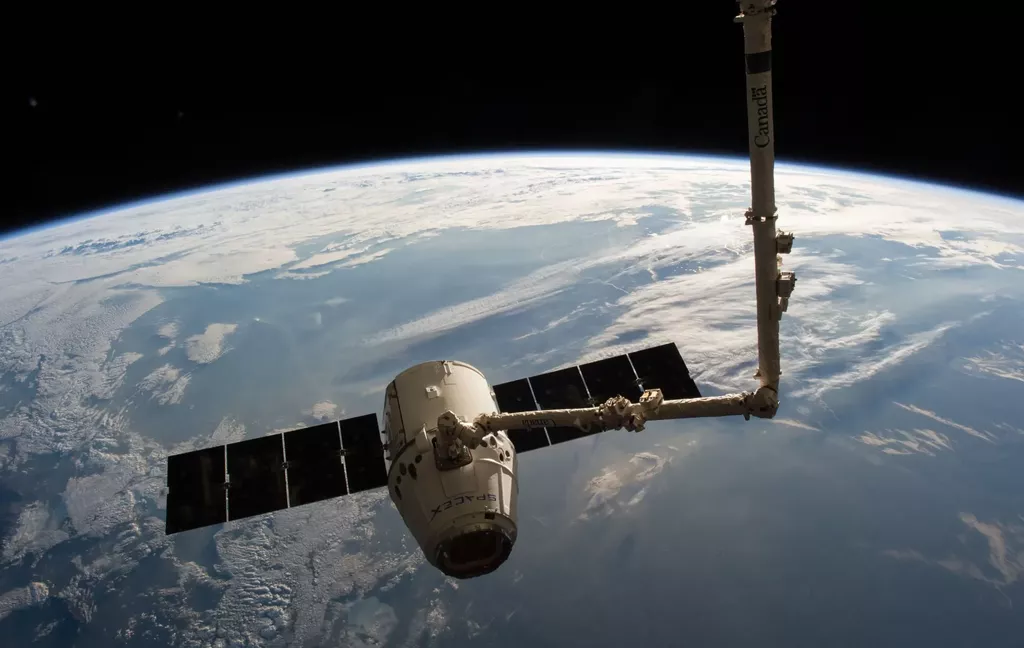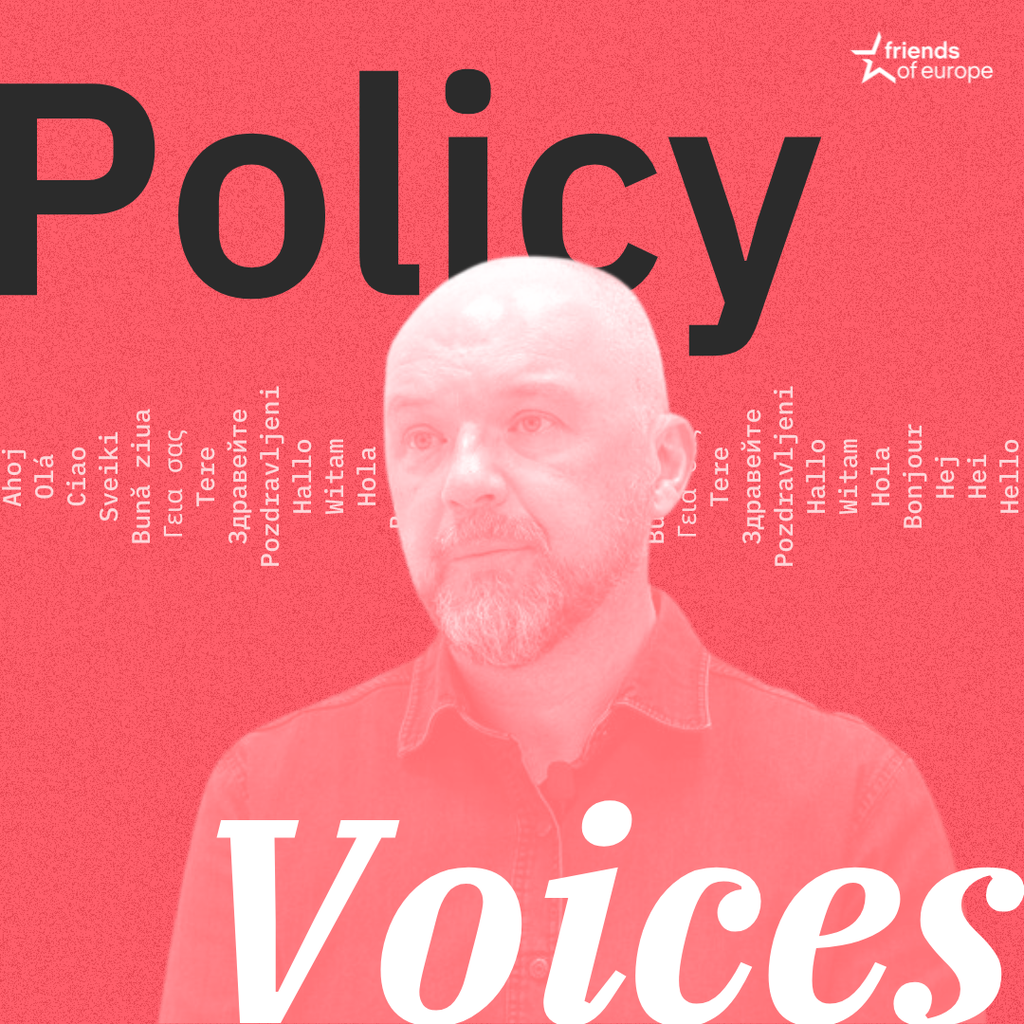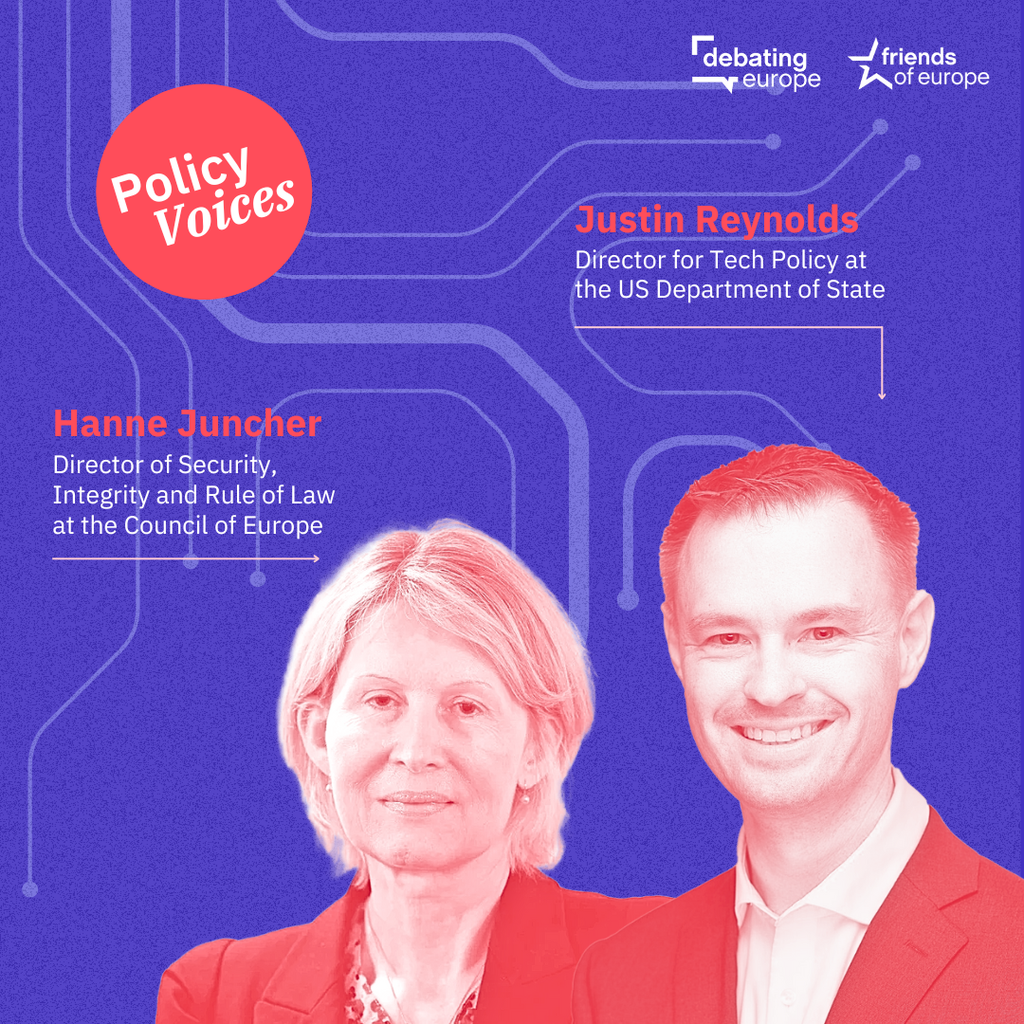Europe-China Forum
Next event In person & livestreamed

- Area of Expertise
- Global Europe
Global Europe

Ambassador of Singapore to Belgium, the Netherlands, Luxembourg and the European Union
We are living in a digital century. The global digital economy is estimated to be worth around USD$11.5tn, equivalent to 15.5% of global GDP; this figure has grown two and a half times faster than global GDP over the past 15 years. In the European Union alone, the digital economy is expected to boost GDP by over 14% by 2030.
The internet economy in Southeast Asia is projected to triple in size by 2025 to around USD$360bn. In the region, 75% of the people are internet users, with eight out of ten being digital consumers, and half of the 650mnpopulation are digital natives under the age of 30. Walking into a bank, queuing up for tickets and even making phone calls are unfamiliar experiences. ‘There’s an app for that’ is not an advertising tagline. It is a day-to-day reality and way of life.
How have governments kept pace with this digital revolution? We have witnessed a flurry of digital policymaking: between 2020 to 2021, more than 1,300 digital policy or regulatory changes were made across the world, according to the Digital Policy Alert. Legislating for the digital age presents unprecedented challenges, not least due to the rapid pace of technological advancement, the unknown or unfolding effects of digital technologies, and the need to cater to local contexts. However, if left uncoordinated, a fragmented global network of rules awaits, posing barriers for businesses looking to trade across borders, and increasing compliance costs and inefficiencies.
Countries need to work together to shape digital rules, establish standards and develop compatible systems to facilitate interoperability and a more seamless trade environment. By doing so, workers and businesses can better seize the economic opportunities presented by the digital economy and create commercially meaningful outcomes by operating digitally across borders.
The partnership would also act as a pathfinder towards greater region-to-region digital connectivity
To this end, Singapore has worked with partners such as New Zealand, Chile, Australia, the Republic of Korea and the United Kingdom to pioneer Digital Economy Agreements (DEAs). These DEAs contribute to global norms for an open, connected and secure digital commons, including cross-border data flows, paperless trading and emerging technologies. Critically, DEAs are building blocks towards a regional or global digital trade architecture. At the World Trade Organization (WTO), Singapore, Japan and Australia co-convenes the Joint Statement Initiative on E-Commerce, which works with close to 90 WTO members, including the EU, to develop a set of global baseline rules and commitments to improve the transparency and efficiency of digital-enabled trade globally.
Bilaterally, Singapore is also working with the EU on an ambitious, comprehensive and tangible digital partnership: ambitious in establishing high standards that contribute to the global rules being negotiated at the WTO; comprehensive in scope to address the wide spectrum of digital issues; and tangible in developing concrete projects that benefit businesses and citizens. The partnership would also act as a pathfinder towards greater region-to-region digital connectivity between the EU and the Association of Southeast Asian Nations (ASEAN).
The digital partnership between Singapore and the EU is a logical next step, not least because of their significant economic relationship, but also as like-minded partners and supporters of a rules-based global order. The Union is Singapore’s fourth largest trading partner for goods and second-largest trading partner for services. Singapore, in turn, is the EU’s largest ASEAN trading partner for both goods and services. Singapore also serves as a launchpad for EU companies to access opportunities in the region, with more than 12,000 EU companies based in Singapore.
There is still much work to be done, but progress has come a long way since nascent international efforts began at the 1998 WTO Ministerial Conference with the Work Programme on E-Commerce
The digital partnership will bring this already strong partnership into the digital realm by establishing an overarching framework for digital cooperation in a wide range of areas through varying modalities, such as dialogues, memorandums of understanding (MOUs) and perhaps even legally binding instruments like DEAs (Digital Economy Agreements). It will give both parties more agility in adopting the most suitable modality for each area of cooperation. For example, MOUs would give businesses greater flexibility to innovate and operationally validate emerging technologies, while binding commitments would be useful in giving businesses clarity and certainty where needed when engaging in cross-border digital trade.
Sustainable and secure digital infrastructure, trusted data flows and data innovation, digital regulations, the development of workers’ digital skills and the digital transformation of businesses, particularly small and medium-sized enterprises (SMEs), are among the issues that the expansive digital partnership is envisaged to cover. It is also intended for the digital partnership to facilitate cooperation in new and emerging areas, such as 5G/6G, artificial intelligence and digital identities, which have transformative economic potential for businesses and allow citizens to participate more easily in the digital economy.
There is still much work to be done, but progress has come a long way since nascent international efforts began at the 1998 WTO Ministerial Conference with the Work Programme on E-Commerce. Notably, it was also then that WTO members agreed not to impose tariffs on electronic transmission, a practice that has been repeatedly affirmed, including at the recent Ministerial Conference in Geneva. Moreover, since the 2003 Singapore-Australia Free Trade Agreement (SAFTA), the first bilateral free trade agreement to include a dedicated e-commerce chapter, digital trade has taken on added salience in various bilateral and plurilateral initiatives, such as the Comprehensive and Progressive Agreement for Trans-Pacific Partnership and Regional Comprehensive Economic Partnership. The overlapping and concentric efforts of DEAs and digital partnerships will help build an inclusive global digital trade architecture.
The views expressed in this #CriticalThinking article reflect those of the author(s) and not of Friends of Europe.
Next event In person & livestreamed

Past event In person

Next event In person & livestreamed

Past event Online





Stay informed
We use cookies and similar technologies to adjust your preferences, analyze traffic and measure the effectiveness of our campaigns. Learn more about our privacy policy.